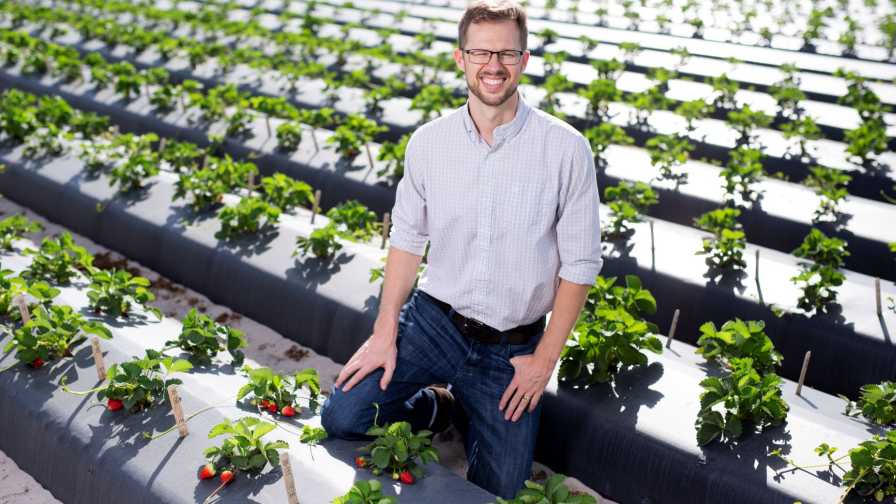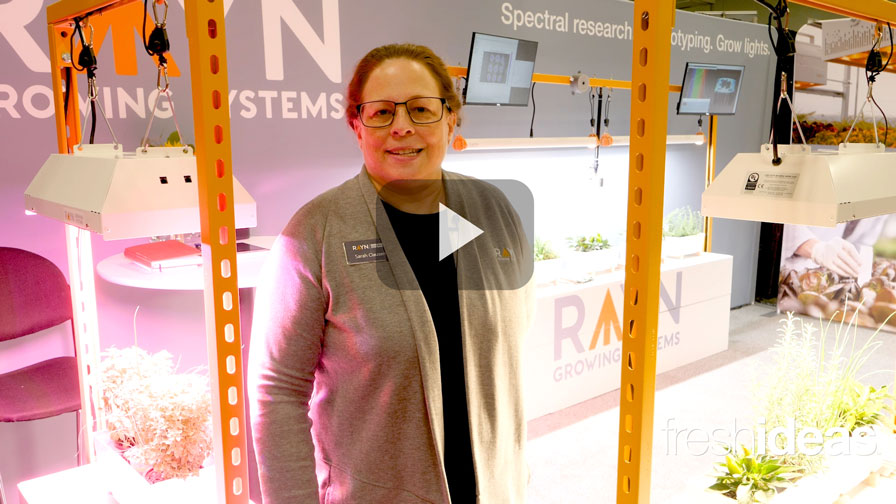A New Tool Can Help Tell the Story Behind Your Plants

Vance Whitaker, University of Florida
There’s a story behind every plant consumers might find in a garden center or on a supermarket shelf. Now, a new website developed by plant breeders at the University of Florida (UF) is helping to tell that story.
The site offers information about the UF/Institute of Food and Agricultural Sciences’ (UF/IFAS) Plant Breeding program, which includes ornamentals, fresh produce, and more.
“The overall goal of the website is to provide a comprehensive information hub for plant breeding at UF/IFAS,” says Vance Whitaker, Associate Professor at UF/IFAS and Chair of the UF/IFAS Plant Breeders Working Group. Whitaker has bred new strawberry varieties from the fields and labs at the UF/IFAS Gulf Coast Research and Education Center (GCREC) in Balm, FL.
“This includes information on our new interdepartmental graduate degree program, which will go online in fall 2021, plant-breeding research from faculty who genetically improve more than 50 plant species, and the real-world impact of the plant varieties we develop.”
When it comes to ornamentals, home and property owners often enhance their landscapes with the beautiful lantana. However, some of the plant’s varieties may escape yards, spread to areas where they shouldn’t go, and cross-pollinate Florida’s native lantana.
That’s why, in 2004, the head of the Tampa Bay Wholesale Growers Association asked UF/IFAS plant scientist Zhanao Deng if he could breed sterile, non-invasive lantana plants.
In response, Deng has developed three varieties that satisfy nursery managers, retailers, and consumers. ‘Bloomify Red’, ‘Bloomify Rose’, and ‘Luscious Red Zone Royale’ don’t produce fruit and seeds, don’t spread, and don’t cross-pollinate Florida’s native lantana, Lantana depressa, says Deng, a Professor of Environmental Horticulture at the UF/IFAS GCREC.
“Growers, landscapers, and gardeners like these sterile lantana varieties,” Deng says. “They have become a desirable replacement of the fertile, invasive types. More varieties with these characteristics are being developed.”










